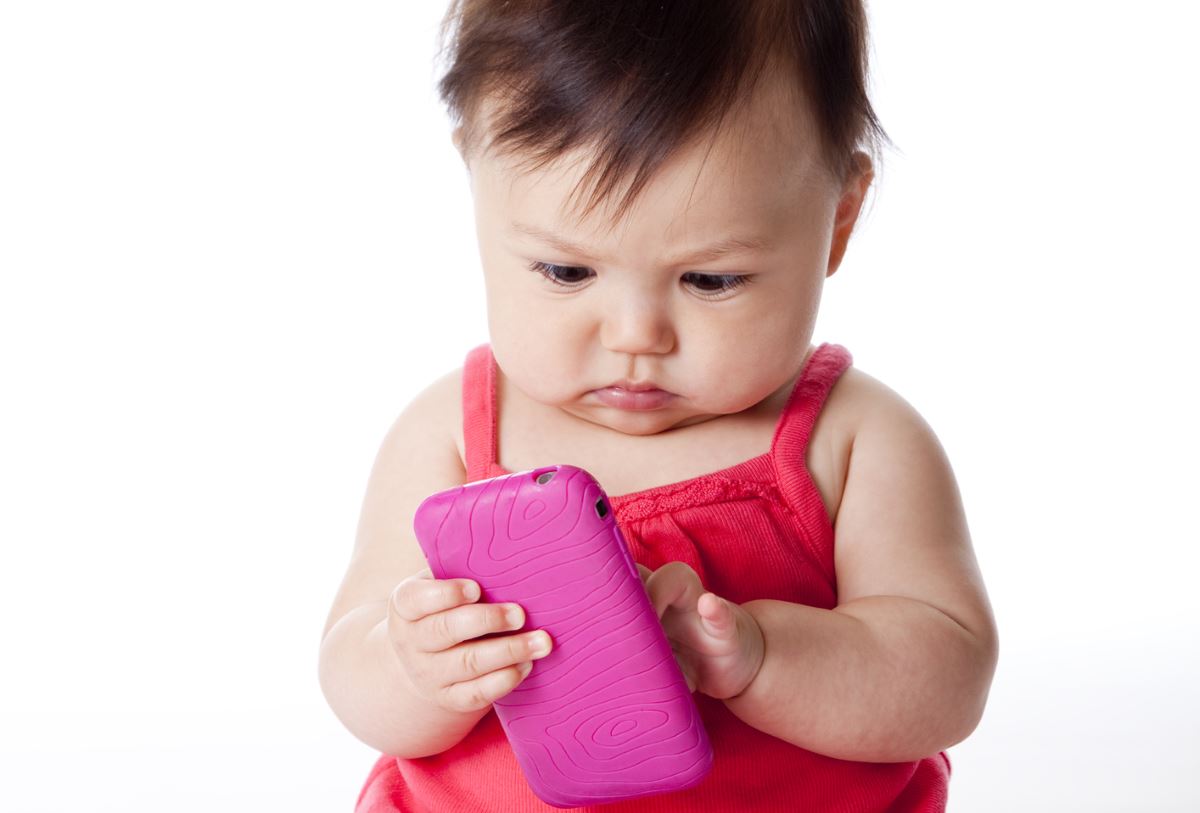Branding at Birth: How Young is Too Young for Marketing?
Did you see the recent article in Adweek about efforts by major consumer marketers like Disney to establish brand preferences in children ages 0-3?
The Next Great American Consumer by Brian Braiker provides a fascinating look at this development. Braiker says branding at birth is “a trend—fueled in part by the growth of digital devices—toward aggressively targeting a demographic that didn’t exist, in marketers’ eyes, until recently: infants to 3-year-olds. By getting their logos and iconic characters in front of babies—even those with still-blurry eyesight—they hope to establish brand-name preference before she or he has uttered a word.”
Is this a smart marketing strategy? Or is this the scariest thing you’ve seen all week? The answer to both questions is yes. Here’s why.
The Brilliance of Early Marketing
Establishing brand awareness and brand preference is the goal of every smart marketer, and as a marketing consultant, I have to acknowledge the brilliance of this strategy. The article cites plenty of research to prove the impact of early marketing on infants and toddlers, including studies which show that an American child can recognize an average of 100 brand logos by age 3. If you’re marketing products to kids and parents, you certainly want your logo on that list.
The real power of this marketing strategy may be its influence on parents. I bought Disney-themed baby toys for my kids and if Kate Spade had made designer baby bags when my daughter was born, I’d have been first in line to buy one.
I probably also would have let my young children play with my iPhone or iPad if I’d had one back then, as many parents do today. That’s why so many marketers like Fisher-Price and Nick Jr. are creating branded apps and online games for the very youngest technology users and why Dora the Explorer has a Facebook page (supposedly for parents) with over 770,000 followers.
But How Young is Too Young?
Of course, licensed characters on clothing, toys, and other products for babies and toddlers are nothing new.
But I wonder if marketers are beginning to take this too far. The level of marketing to infants and toddlers is clearly on the rise, as Braiker’s article illustrates, and the idea of marketing to someone too young and vulnerable to perceive the difference between reality and fantasy makes me queasy. In my experience as a marketing advisor, when it feels like you may be crossing the line of what’s appropriate, you probably are – and the negative fallout usually outweighs the marketing benefit when you do.
Is This Really a Branding Strategy?
From a marketing strategy standpoint, I also wonder whether this approach really can be called “branding.”
Branding is making a promise to a customer about the value you deliver and the experience the customer will have when they choose to do business with you. Is that what these marketers are achieving by targeting consumers far too young to understand product value and differentiate between products? Or are they just cementing an image of an icon in a young child’s mind without attaching any meaning to it?
If that’s the case, I think it’s an open question whether this will pay off as a branding strategy in the long run. Brand recognition doesn’t automatically translate into sales; sales are driven by value. Even if a young child can recognize and name a brand logo or character, that’s not the same as achieving true brand loyalty among children and parents because of the quality of your products. And marketers who go too far by targeting infants could find themselves facing a backlash from society and parents.
What do you think? Where should marketers draw the line when it comes to targeting images and messages to babies and toddlers? When does a smart marketing strategy become a societal concern?






Tom Kerr
As former Editor-in-Chief of Early Childhood News, I can tell you that it all depends on the company and the product(s). Some are very age- and developmentally-appropriate, and their branding is most welcome. Others, not so much. There are many great sources for learning about the very best toys/books/games/audio/video/computer hardware and software for children, but one of the best is Dr. Toy (www.drtoy.com). Her name is Stevanne Auerbach, Ph.D., and she’s been doing it for 30 years and is one of the very best. That’s a bit of a separate issue from your subject (should very small children be targetted in branding/marketing efforts?), but the consumer does have options to explore to find out which brand is good for their children. Great blog post on an important subject!
Tom Kerr
http://www.kulturekids.org